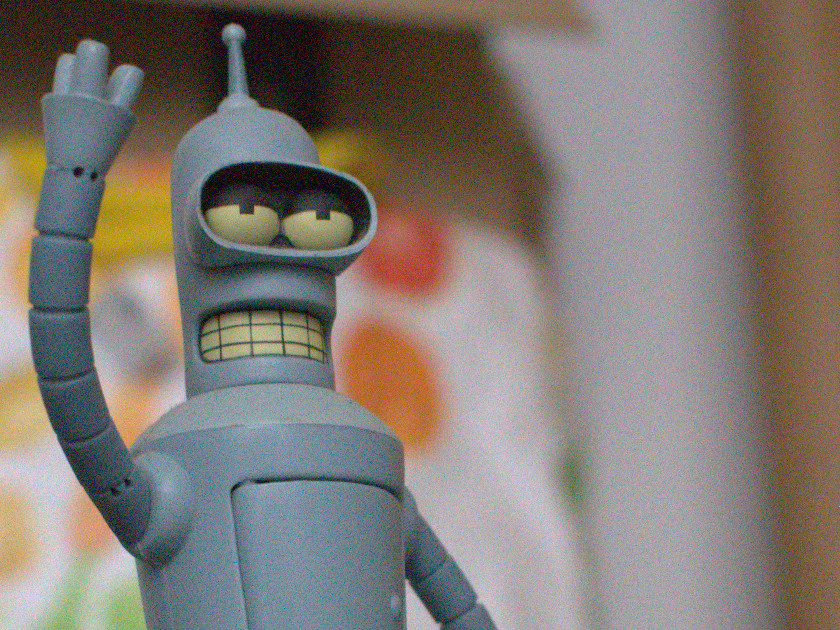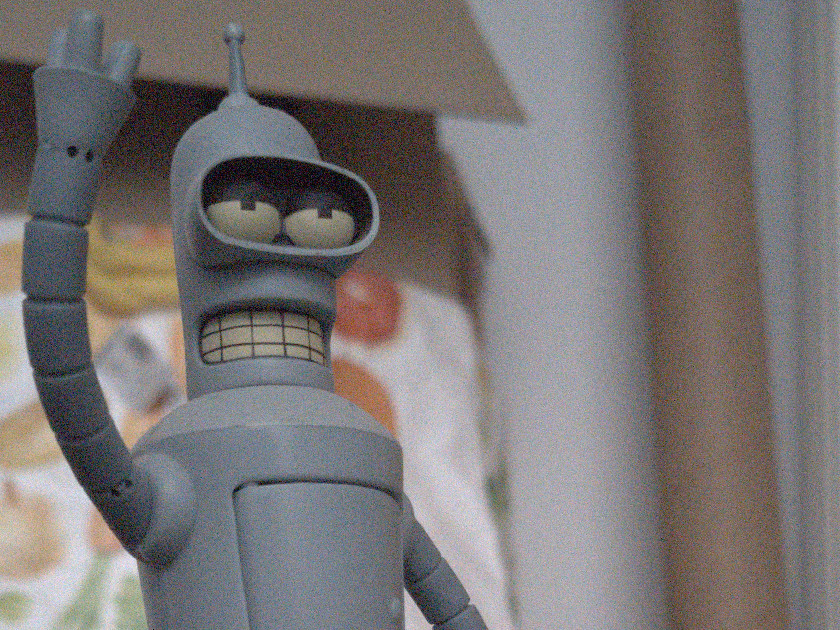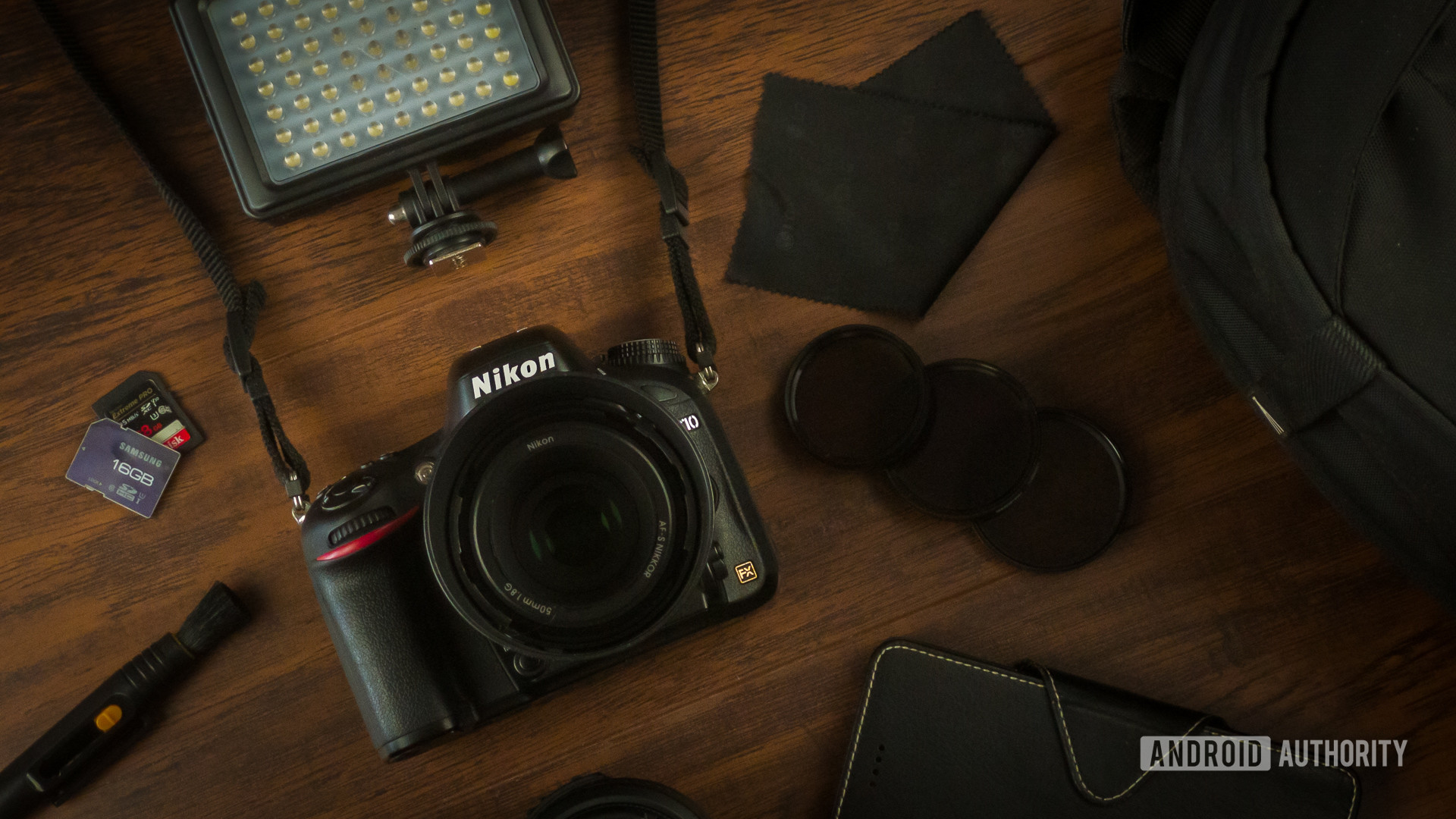
Camera quality is the latest smartphone arms race and one of the biggest contributors to great looking pictures is the camera sensor. While large megapixel counts are an increasingly popular trend, it’s the size of the camera image sensor that’s actually far more important. Huawei, for instance, continually boasts about including larger image sensors in its flagship handsets compared to its competitors. Component manufacturers like Sony and Samsung are increasingly highlighting the size of their sensors too. But why is camera sensor size seemingly so crucial to taking the best photos?
To understand why, we need to go right back to the fundamental principle of taking pictures – light capture. A bigger sensor captures more light than a small one, and more light produces better looking pictures. At least that’s the gist of it, but there’s a little more to it than that.
Capturing as much light as possible
At a basic level, sensor size determines how much light the camera has available to create an image. While resolution plays a role in detail, it’s the amount of light captured that determines a camera’s exposure balance, dynamic range, and even sharpness. This is why 16MP and 20MP DSLR cameras still look better than today’s 108MP smartphones.
Large sensors result in higher dynamic range and cleaner images.
Most smartphone sensors typically measure just 1/2.55 inches or about 1cm across, although some are larger at 1/1.7 inches and above. By comparison, DSLR camera sensors clock in above an inch across, easily making them 4 or 5 five times the size. Smartphone sensor are simply tiny by comparison.
The bigger the sensor, the more light it captures for a set shutter speed, ISO (exposure sensitivity), and aperture. While you can offset small sensor drawbacks using a longer exposure for more light, this makes pictures more susceptible to blur from hand shake and scene movement. Blur reduces image sharpness regardless of the sensor’s resolution. Similarly, wider aperture lenses are harder to build without introducing lens distortion artifacts, not to mention altering the field of view. As you probably guessed, more light makes larger sensors much better at low-light photography than smaller ones too.
 Google Pixel 4 RAW low light - 1/20 shutter, ISO 800 Nikon D3300 RAW low light - 1/20 shutter, ISO 800
Google Pixel 4 RAW low light - 1/20 shutter, ISO 800 Nikon D3300 RAW low light - 1/20 shutter, ISO 800

Camera photosites, the bits responsible for converting an image into electrical signals, love light. These can be arranged in different ways depending on the sensor, but in common smartphone bayer sensors they’re one pixel per photosite. The more light photosites receive, the better the dynamic range (perceivable steps between light and dark) they can produce. Think of it like a “certainty” that any given pixel was lighter or darker than it’s neighbor. It’s much easier to judge that with lots of light hitting the sensor and minimal noise.
Photosites vary in size depending on the resolution of the camera and the size of the sensor. Keeping sensor size constant means that photosite size shrinks as resolution increases. Alternatively, for a set resolution, the larger the photosites go, the larger the sensor becomes.
This is important to note as photosites are crammed together in small sensors. Their close proximity means that occasionally light from one pixel leaks into an adjacent pixel. This is sensor noise and often shows up quite clearly in low light pictures and on solid colors like a blue sky. Smaller sensors and small photosites increase noise and decrease dynamic range.
What difference does this make to my pictures?

With the move to larger and larger resolutions (now above 100MP), bigger camera sensors have never been more important. Keeping pixel sizes reasonable is essential to maximizing the resolution potential of 48, 64, and 108MP cameras. Although we’re yet to see a smartphone camera that extracts the full level of detail you’d expect from these numbers. Even so, these sensors are capturing more detail than ever in good lighting.
Another recent trend in the mobile space is pixel binning technology, allowing these high resolution sensors to combine pixels for better light capture. These larger sensors, and by extension larger pixels, are vastly improving the quality of low-light photography. This results in less noise and much better colors, even in dimly lit environments.
Bigger sensors also have an impact on the look and quality of your shots beyond just resolution. As we mentioned before, faster shutter speeds and lower ISO ensures that your image look crisp and sharp. You also don’t need such a wide aperture to capture lots of light, reducing the chances of lens distortion artifacts, such as purple haloing.
Larger sensors are a driving force behind better low light shots.
Bigger sensors also help produce that fancy-looking bokeh blur effect we associate with DSLRs, where the subject appears isolated and the rest of the image is blurred. Large sensors can use faster (higher) apertures and wider angle lenses to obtain the same effect as smaller sensors, or use similar apertures and narrower lenses for a stronger looking bokeh effect. While small mobile sensors can’t rival the effect available from DSLR, larger sensors help to close the gap.
Just one piece of the puzzle

Larger image sensors are an important part of the mobile photography puzzle, but they’re not the only piece. A great quality camera also requires a brilliant lens, a powerful image processing chain, and software that lets you get the most out of the hardware as easily as possible. It’s essential to look at the whole package, not just one part or big numbers on a spec sheet.
Smartphone camera quality is also increasingly driven by advances in computational photography and machine learning. So much so that smart software often beats raw megapixels for image quality. Even so, there’s only so much that great software can do with poor hardware. Intelligent cameras need a solid base to build from, and image sensor size is the essential ingredient in the race to better smartphone cameras.
More posts about smartphone cameras
from Android Authority https://ift.tt/345crS1











No comments:
Post a Comment